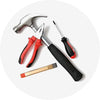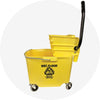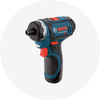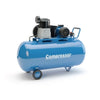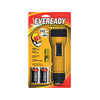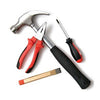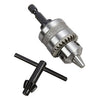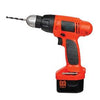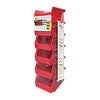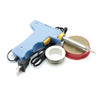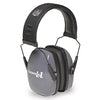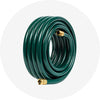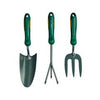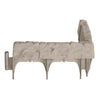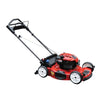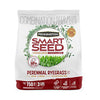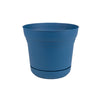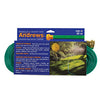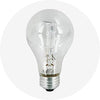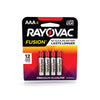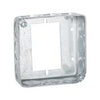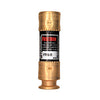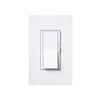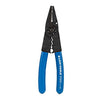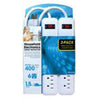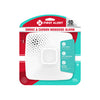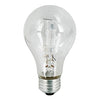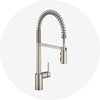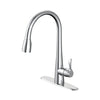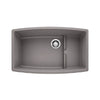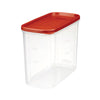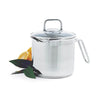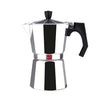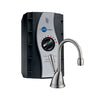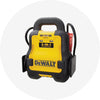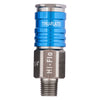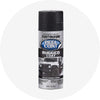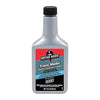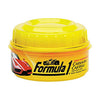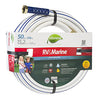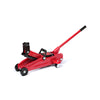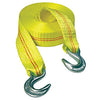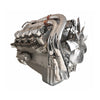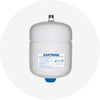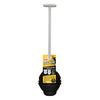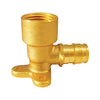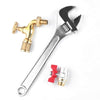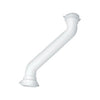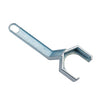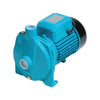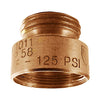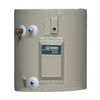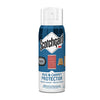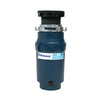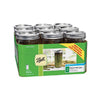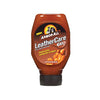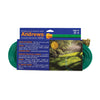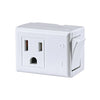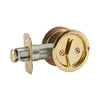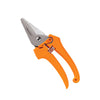Waterless urinals: benefits and how to upkeep them
∙ min read

They were first discovered in Europe about 100 years ago, and they look like ordinary urinals, except that they don’t require water in their mechanism. "Like their traditional counterparts, waterless urinals are made of similar materials and are offered in different colors and designs,” says Klaus Reichardt.
So let’s talk about what first comes to mind: hygiene.
Waterless urinals became popular in the U.S. about 30 years ago, and people were worried about sanitary issues.
Surprisingly, studies conducted over the years have shown that they could be even cleaner than water urinals; because without moisture, germs and bacteria can’t survive. In fact, Dr. Gerba, a respected professor of Environmental Microbiology at the University of Arizona, in his study from 2003, states that “waterless urinals would result in a significant improvement in public restroom hygiene.”
Hygiene’s not the only good thing about waterless urinals. Here are some interesting facts:
- Expense reduction: Water bills will be reduced since they do not require water for flushing.
- Low maintenance: as they don’t have a flushing system, there is no risk of the flush handle getting tampered with.
- Odor control: as we mentioned, bacteria can’t survive in this environment, so this means there is less odor.
- Water savings: one of the best benefits because, in the U.S., billions of gallons of water are used annually to flush toilets, resulting in the consumption of natural resources and the construction of new infrastructure. Having a no-flushing system may mitigate these effects.
Now, how does a waterless urinal get cleaned?
While cleaning them, it’s vital to use a non-abrasive cleanser, as harsh chemicals can damage the trap/cartridge system.

Here are some tips on how to make it squeaky clean:
- Wear gloves and goggles every time you clean them.
- Remove any foreign objects.
- Follow the standard procedure of water urinals.
- After cleaning, pour the equivalent of a cup of water or cleaning solution into the bowl to check free flow.
Check out some of these toilet cleaners for the best care and maintenance.
The cartridge will also need replacing about four times per year or every 7,000 uses, but this can vary depending on the brand and how often it is used.
A few signs can tell you when it’s time to switch out the cartridge:
- There could be “slow flow” issues that can cause urine to flood the unit.
- The sealant may be seeping through the top of the unit.
Here are a few steps to help you replace the trap/cartridge:
- Insert the metal tool provided by the manufacturer into the trap and gently pull it out using a back-and-forth motion.
- Drain any excess liquids from the cylinder.
- Pour a bucket of water down the drain.
- Insert a new trap, add water, and fill it with 3 ounces of sealant.
For some manufacturers, the trap cannot be replaced, and the trap needs to be taken apart and cleaned.
In conclusion, waterless urinals offer many benefits for businesses, including water conservation, cost savings, and improved hygiene. If you implement this type of urinal in your business, you will take a step forward; in addition to economic savings, you will also contribute to the care of the most valuable natural resource: water.
Of course, proper maintenance and cleaning ensure optimum performance and long service life, and at Max Warehouse, we can help you with this. Our cleaning supplies collection offers a wide range of products specifically designed for cleaning waterless urinals, including enzymes, cleaners, and deodorizers.
Explore our collection today and take the first step towards maintaining a clean and sustainable restroom for your business. Need a quote? Contact our account managers for special volume pricing.
Sources:
- https://www.waterless.com/blog/the-health-and-sanitation-benefits-of-waterless-urinals-in-industrial-locations
- file:///Users/subeagenciadigital/Downloads/Waterless_Urinals_Features_Benefits_and_Applicatio.pdf
- https://www.waterlessurinals.co.uk/Waterless-Urinals-Benefits-and-Pitfalls.html
- https://www.waterless.com/blog/the-pros-and-cons-of-waterless-urinals
- https://www.cleanlink.com/cp/article/Cleaning-Waterless-Urinals-The-Right-Way--17239
- https://www.buildings.com/smarter-buildings/article/10193740/how-to-clean-and-maintain-waterless-urinals
- https://www.waterlessurinals.co.uk/downloads/downloads/gw6_cleaning_and_maintenance.pdf
- https://xionlab.com/how-to-clean-a-waterless-urinal/







